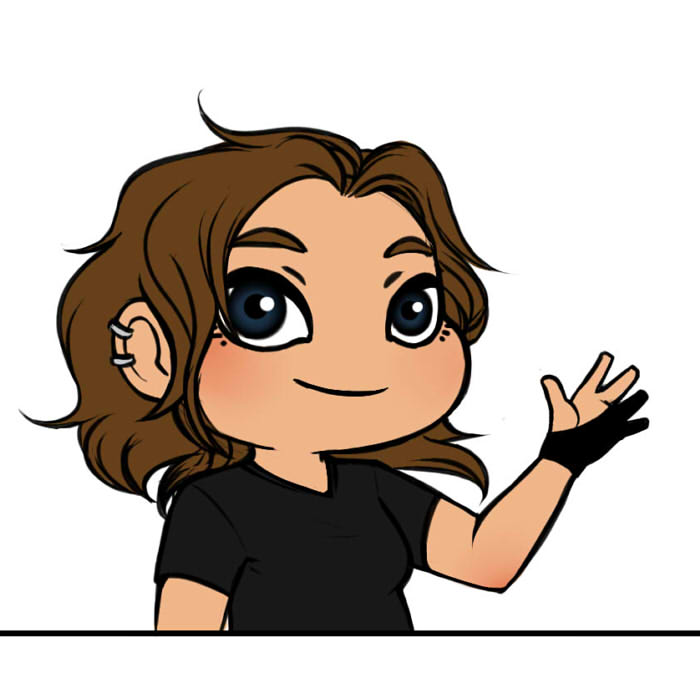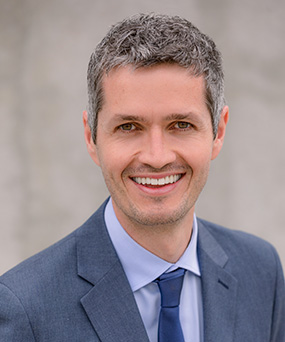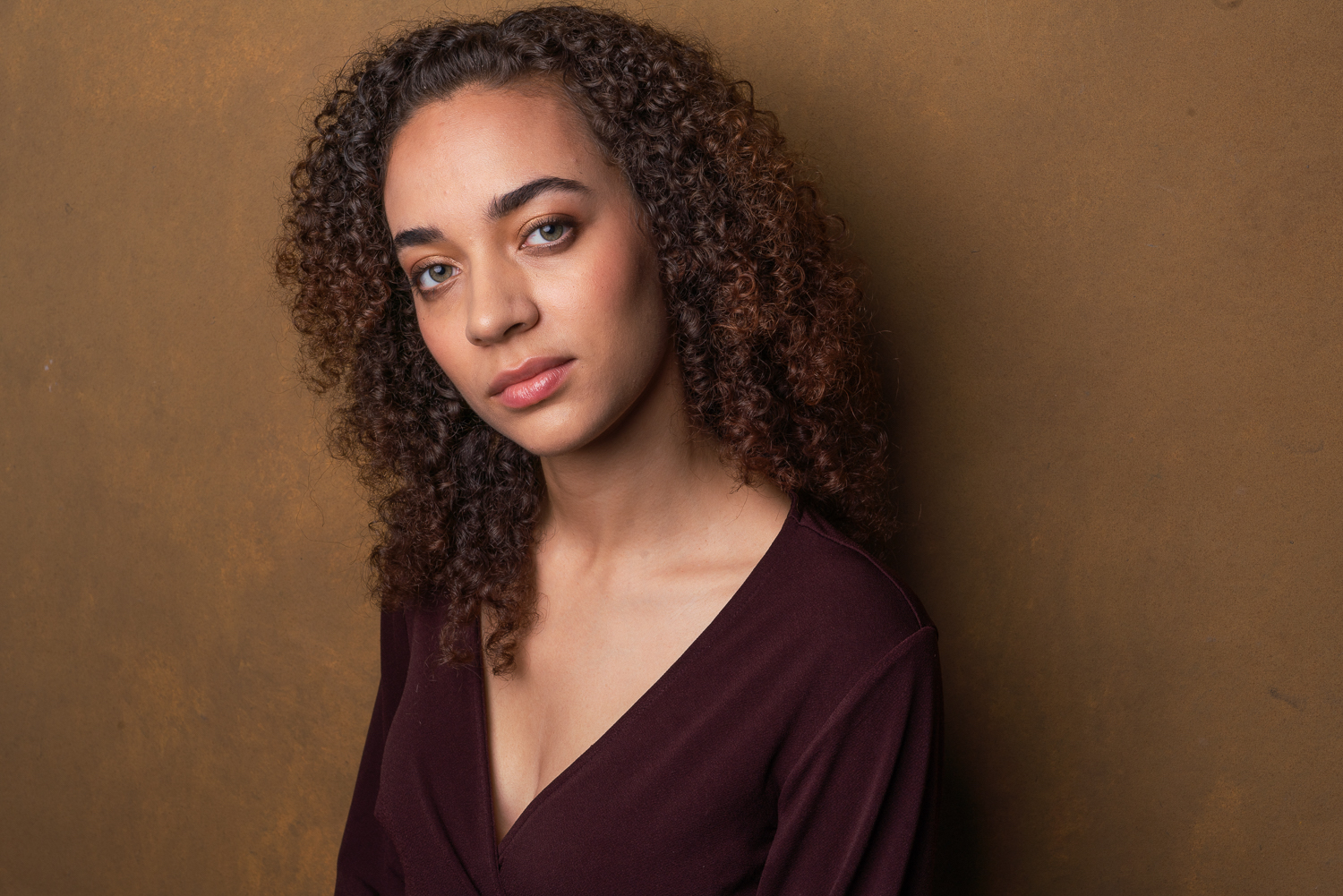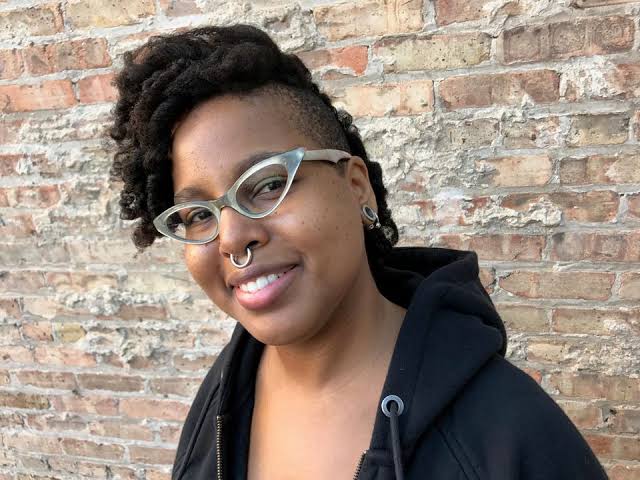
by Michele Kirichanskaya | Feb 26, 2023 | Blog
Madeleine Cull (AKA Mccull) – has been a webcomic artist for close to ten years now, and has been writing stories for as long as she can remember. She currently lives in the pacific northwest and spends most of her time drawing or hanging out with her cat, but...

by Michele Kirichanskaya | Feb 24, 2023 | Blog
David Glasgow is the executive director of the Meltzer Center for Diversity, Inclusion, and Belonging and an adjunct professor at NYU School of Law. He has written for a range of publications including the Harvard Business Review, HuffPost, and Slate, and served as an...

by Michele Kirichanskaya | Feb 17, 2023 | Blog
Aislinn Brophy (they/she) is an actor, writer, and arts administrator based in the Atlanta area. She was born and raised in South Florida but made her way up to the frigid northeast for college. Their hobbies include pawning off their baking on anybody nearby, doing...

by Michele Kirichanskaya | Feb 15, 2023 | Blog
Camonghne Felix, poet, and essayist is the author of Build Yourself a Boat, which was longlisted for the National Book Award in Poetry, shortlisted for the PEN/Open Book Awards, and shortlisted for the Lambda Literary Awards. Her poetry has appeared or is forthcoming...

by Michele Kirichanskaya | Feb 10, 2023 | Blog
C. Spike Trotman was born in DC, raised in MD, and lives in IL. An artist and writer, she founded Iron Circus Comics in 2007, which has since grown to become the region’s largest comics publisher. Her notable work includes the webcomic “Templar,...




